|
In the relentless flow of life, we often find ourselves caught up in a whirlwind of activities, responsibilities, and commitments. Days turn into weeks, weeks into months, and months into years, all while we carry the weight of our past and the burden of our unexamined present. It's easy to forget that to move forward authentically and achieve our goals, we must pause, reflect, and let go of whatever no longer serves us. This month, as I engage with the SHED coursework alongside my clients, I am embrace the liberating practice of letting go. One of my core beliefs are that we are all always growing and learning, we are all teachers and students. Therefore, in my courses, I work alongside my clients. I am both guide and student. This September, here are the three things I'm releasing from my life with the help of the SHED coursework. 1. My addiction to doing 2. Weight 3. My (unhelpful) inner-narrative about a past situation My addiction to doingLetting go of my addiction to doing is going to allow me to build a more balanced and healthy life. Not only does our society glorify busyness and place a premium on productivity, but I am still healing a poverty wound from my childhood (you can read my story here), so I have found myself addicted to constantly doing in an attempt to stay safe, secure and respected. Mentally, I understand that "doing" is not the best tool to use to create safety and respect in my life, but there are 3 ways to "know" something, and I need to pull my knowing from a level 2 (emotional) to a level 3 (modus operandi). Additionally, because I am so incredibly passionate about my work, I can easily find my neurodivergent brain hyper focusing on it for long hours. While this brings me a ton of joy, I recognize that in order to be the person I want to be, my life (and my focus) has to be more multidimensional and balanced. Letting go of this addiction will require a shift in mindset and a commitment to prioritize my mental and emotional well-being. It involves time and dedication to meditation, reflection, and journaling as I investigate my values and needs in order to discover the "key" to realigning my internal "story". My updated story will allow me to embrace moments of stillness, self-care, and relaxation as just as important as accomplishing tasks. This shift will allow me to increase my self-awareness, improve my mental health, and achieve greater overall happiness. If you struggle with over-doing, I invite you to join me in SHEDing this addiction. When we let go of the addiction to doing, we create space for reflection, creativity, and self-discovery. We allow ourselves to reconnect with our passions, values, and the things that truly matter to us. It's an opportunity to cultivate a more mindful and purposeful life where we savor each moment rather than rushing through them. Ultimately, the journey to release this addiction can lead us to a more authentic and fulfilling existence where we find contentment in simply being ourselves, free from the constant need to prove our worth through ceaseless activity. WeightLetting go of excess weight on our bodies is a journey that extends beyond just shedding physical pounds; it's about reclaiming our health, self-confidence, and overall well-being. Carrying excess weight can take a toll on both our physical and emotional health, but the process of shedding it can be a transformative and empowering experience. For me, as I go into middle age (I'm 44), and I manage health issues (brain tumor) and medication for those health issues (that cause weight gain), I find myself trying to lose weight for the first time in my life. This is a new journey for me, and one that I'm excited about. For me, it's not just about aesthetics but primarily about my health. I like to feel like my body is an asset to me in my choices. To the greatest extent possible, I want to be able to do whatever I want to do and not be limited by my body's capabilities (fitness and health). For me, it is about taking control of my life and making choices that promote longevity and vitality. It's about freeing myself from the physical limitations that extra weight can impose and giving myself the opportunity to live a life filled with energy and vitality. As an NFPT Personal Trainer and Health Coach, I know that the journey to letting go of excess weight involves adopting sustainable lifestyle changes rather than quick fixes. I am focusing on cultivating healthier habits that I can maintain over time. I'm also doing experiments to discover exactly how my body responds to different foods so that I can optimize my diet. The process of shedding excess weight also requires a shift in mindset. While this can include fostering self-compassion and embracing a positive self-image, for me it is primarily about my priorities and allowing diet and exercise to take up more of my time and energy every single day. If you're interested in following my journey on this topic, stay tuned as I work through the SHED curriculum throughout the rest of September! My Story (about people not liking me)The annual SHED course begins by assessing where you are "leaking" energy, where you feel constricted, and where you encounter sadness, stress or other heavy vibration feelings in your life. When I did my examination, I realized that there was a past situation in my life where I was holding on to a story that was not serving me. In fact, it was causing quite a leak in my energy field. Because I've done this work for over a decade, this is not the first time that I've had to let go of a similar story. For me, it comes up sometimes and, gratefully, I have the tools to know how to manage it in my life and return to my most wild and free self. Often, we construct narratives in our minds that are not necessarily grounded in reality, and these stories can have a detrimental impact on our self-esteem and relationships. The story that people don't like us/respect us/value us is a common one, and can stem from various sources, including past experiences, insecurities, or misinterpretations of social cues. However, it's crucial to remember that our perception isn't always an accurate reflection of how others truly feel about us. People's thoughts and feelings are complex, and their thoughts, beliefs and behaviors (including their opinions about us) ultimately describe them, not us. While it is easy to mentally understand this, living it is much more challenging. If you are looking to change your story regarding how people think about you, you have two options. You can "check out reality" with the person and discover their actual thoughts and feelings - or you can change the story that you are telling yourself about the person and/or situation. I am going to be doing the latter one, changing my story. If you're interested in changing your story about a particular person or situation, download my DIY Coaching Course, The Stories We Tell Ourselves for a step-by-step guide to changing your stories. I'll also be posting another blog next week showing my personal step-by-step process in changing my story on this particular situation. Letting go of what no longer serves us is not a one-time event but an ongoing journey. It's an act of self-compassion and a commitment to living authentically. Authentic living is about aligning our actions, choices, and beliefs with our true selves. It's the key to achieving our goals, finding genuine happiness, and experiencing lasting peace. When we let go of old habits, toxic relationships, and the fear of failure, we create space for the authentic self to flourish. We become more in tune with our desires, values, and passions. This alignment empowers us to set meaningful goals and pursue them with unwavering dedication. Authenticity becomes a guiding principle, leading us towards a life that resonates with our innermost aspirations. Taking time every year to review our lives and let go of what no longer serves us is a profound act of self-love and self-discovery. It is the authentic living path, a journey towards becoming our truest selves. As we shed the weight of old habits, toxic relationships, and fear, we make room for our authentic selves to shine through. With authenticity as our compass, we can navigate the twists and turns of life, achieve our goals, and experience unparalleled joy and peace. So, this month, I invite you to join me in letting go and embracing the authentic life that awaits us.
0 Comments
In a world filled with suffering and challenges, it is not uncommon to experience feelings of shame and unworthiness when embracing ease, joy, and abundance in our own lives. The stark contrast between our privilege and the struggles of others can lead to a sense of guilt. However, it is essential to recognize that experiencing joy and abundance does not diminish the empathy and compassion we have for others' hardships. In fact, by cultivating compassion and using our abundance to empower positive change, we can contribute to creating a more compassionate and supportive world. ⭐Cultivate Self-Compassion: Self-compassion is the foundation for embracing ease, joy, and abundance while acknowledging the suffering of others. Understand that it is okay to experience moments of happiness and success, even amidst global challenges. Treat yourself with the same kindness and understanding you would offer a friend in a similar situation. ⭐ Acknowledge Your Privilege: Recognize your privilege and the advantages you have in life. Instead of feeling guilty about it, use it as an opportunity to be grateful and compassionate. Acknowledging your privilege can motivate you to give back and support those less fortunate. ⭐ Be Mindful of Your Impact: As you enjoy abundance, be mindful of how your actions and choices affect others. Consider the environmental and social impact of your lifestyle and seek ways to minimize harm and promote sustainability. ⭐ Use Your Abundance for Good: Instead of feeling guilty about your abundance, use it as a tool for positive change. Contribute to charitable causes, volunteer your time, or support organizations that are working towards alleviating global suffering. Your resources can make a meaningful difference in the lives of others. ⭐ Engage in Empathetic Listening: Develop the ability to empathetically listen to the stories and struggles of others without judgment. By genuinely understanding the experiences of those facing adversity, you can become a more compassionate and supportive advocate for change. ⭐ Balance Personal Fulfillment with Service: Finding a balance between self-fulfillment and service to others is crucial. Embrace your joy and abundance while making conscious efforts to contribute to the well-being of others. Remember that you can be of greater service to the world when you are content and emotionally fulfilled. ⭐Practice Gratitude: Gratitude is a powerful tool for cultivating a positive mindset and fostering compassion. Express gratitude for the abundance in your life while also being grateful for the lessons learned from the challenges faced by others. ⭐ Advocate for Social Change: Use your voice and privilege to advocate for social change and support initiatives that address systemic issues causing suffering in the world. Whether through activism, donations, or raising awareness, your actions can be a force for good. ⭐ Embrace the Interconnectedness of Humanity: Recognize that we are all interconnected, and the well-being of one individual or community affects the well-being of the whole. By embracing this interconnectedness, we can work together to uplift and support each other. Accepting ease, joy, and abundance while acknowledging the suffering of others requires a delicate balance of self-compassion and empathy. Remember that experiencing happiness and success does not negate your ability to empathize with others' struggles. By cultivating self-compassion, using your abundance for good, advocating for change, and embracing the interconnectedness of humanity, you can empower yourself to make a positive impact in the world. Embrace your full potential and remember that contributing to positive change does not require sacrificing your happiness—it is about finding ways to uplift and support others while embracing your own authentic joy and abundance. Showing up 100% means bringing our true selves to every situation and interaction. However, it's important to acknowledge that authenticity is not a static concept. Our moods, experiences, and circumstances can vary from day to day, making the way we show up 100% uniquely different each day. Showing up 100% can manifest in various ways and it is essential to honor our ever-changing authenticity. ➡️ Honoring Emotional Authenticity: Emotions are an inherent part of the human experience, and they fluctuate constantly. Showing up 100% means acknowledging and accepting our emotions without judgment. Some days, it might mean showing up with enthusiasm, radiating positivity, and spreading joy. Other days, it could involve embracing vulnerability and expressing sadness or frustration. Authenticity lies in allowing ourselves to feel and express our emotions genuinely, regardless of societal expectations. ➡️Adapting to Circumstances: Life is unpredictable, and our circumstances can vary greatly from day to day. Showing up 100% requires adaptability and flexibility. It means recognizing that our energy levels, external pressures, and personal responsibilities fluctuate, influencing the way we engage with the world. Sometimes, showing up 100% means offering support and guidance to others when they need it, while other times, it might involve prioritizing self-care and setting boundaries to protect our well-being. ➡️Embracing Personal Growth: Authenticity is not stagnant; it evolves as we grow and learn. Showing up 100% means embracing our journey of personal growth and allowing ourselves to change. Each day presents an opportunity for self-reflection and introspection. We may discover new passions, challenge long-held beliefs, or reassess our goals. Showing up authentically involves being open to these changes, even if they lead us down unfamiliar paths. ➡️ Practicing Self-Compassion: Self-compassion is integral to showing up 100% every day. It means acknowledging that we are human and that we have limitations. Some days, we might feel overwhelmed, exhausted, or lacking motivation. Showing up 100% does not mean pushing ourselves beyond our limits but rather accepting and nurturing ourselves with kindness and understanding. It means granting ourselves permission to rest, recharge, and seek support when needed. ➡️ Embracing Imperfection: Perfection is an illusion that hinders authenticity. Showing up 100% means embracing our imperfections and embracing the messiness of life. It involves accepting that some days may be more challenging than others, and that's okay. Authenticity is not about flawlessness, but rather about being genuine and true to ourselves in each moment. Showing up 100% is a powerful practice that allows us to embrace our authenticity and live in alignment with our true selves. It is a dynamic and ever-changing process that honors our emotions, adapts to circumstances, embraces personal growth, practices self-compassion, and embraces imperfection. By acknowledging and accepting that showing up 100% looks different every day, we grant ourselves the freedom to live authentically, without the pressure of conforming to rigid expectations.
Emotions are an integral part of the human experience, shaping our perceptions, actions, and relationships. From joy and love to anger and sadness, emotions have the power to influence our lives in profound ways. But have you ever considered the fleeting nature of emotions? According to neuroscientist Jill Bolte Taylor, an emotion only lasts for about 90 seconds. In this article, we will explore the concept of the 90-Second Rule and gain insights into how understanding this phenomenon can help us navigate the ebb and flow of our emotional landscape.
The 90-Second Rule offers a fascinating insight into the ephemeral nature of emotions. By recognizing that an emotion only lasts for about 90 seconds, we can free ourselves from being trapped in prolonged states of distress or turmoil. This understanding empowers us to cultivate awareness, practice mindfulness, regulate our emotions, and respond intentionally. Embracing the transient nature of emotions provides us with the opportunity to navigate our emotional landscape with greater resilience, balance, and well-being. So, the next time you experience an emotion, remember the 90-Second Rule and allow it to run its course, and bring attention and intention to the story that you tell yourself beyond that.
A farmer and his son had a beloved stallion who helped the family earn a living. One day, the horse ran away and their neighbors exclaimed, “Your horse ran away, what terrible luck!” The farmer replied, “I don't know if it is a good thing or a bad thing, all I know is that yesterday I had a horse, and today I don't have a horse." A few days later, the horse returned home, leading a herd of wild mares back to the farm as well. The neighbors shouted out, “Your horse has returned, and brought several horses home with him. What great luck!” The farmer replied, “I don't know if it is a good thing or a bad thing, all I know is that yesterday I didn't have a horse, and today I have a herd of horses." Later that week, the farmer’s son was trying to break one of the mares and she threw him to the ground, breaking his leg. The villagers cried, “Your son broke his leg, what terrible luck!” The farmer replied, “I don't know if it is a good thing or a bad thing, all I know is that yesterday I my son had two healthy legs, and today he has one broken leg. A few weeks later, soldiers from the national army marched through town, recruiting all the able-bodied boys for the army. They did not take the farmer’s son, still recovering from his injury. Friends shouted, “Your boy is spared, what tremendous luck!” To which the farmer replied, “I don't know if it is a good thing or a bad thing....." Rather than telling yourself a story about something being absolutely good or absolutely bad, consider that you might not see the full picture yet. If you find yourself dwelling on awful possibilities (awfulizing), it may be helpful to think of the farmers’s words. “I don't know if it's a good thing, or a bad thing....” The slogan may help snap you out of awfulizing and help you de-stress. We don’t know where the twists and turns of life will take us until the future plays out. Sometimes, events that seem awful turn out to contain something wonderful (or at least something somewhat good). As the great Mary Oliver wrote, "Someone I loved once gave me a box full of darkness. It took me years to understand that this, too, was a gift." Have you had an experience in your past when you felt despondent about a situation and later realized that some good came out of it? You can use that experience to inspire you through your next challenge. Remember “I don't know if it's a good thing, or a bad thing....” and smile. More on the origins of this story here: https://en.wikipedia.org/wiki/The_old_man_lost_his_horse Learn how this story relates to the 1st of the 3 Empowerment Principles!
The stories we tell about our lives have a profound impact on our experiences, perceptions, and overall well-being. The narratives we construct shape our identities, influence our beliefs, and impact our interactions with the world. The way we story our life matters and it profoundly impacts every area of our lives.
The stories we tell about our lives hold immense power. They shape our identity, influence our perspective, and impact our sense of purpose and connection with others. By consciously crafting empowering narratives, we can cultivate resilience, find meaning and purpose, and rewrite our stories to align with our growth and healing. When you are ready to recognize the significance of how you story our life and embrace the transformative potential of your narratives, download the DIY Coaching Course: The Stories We Tell Ourselves, and begin the work of updated what is on your Operating System.
Communication Tip: Check Your IntentionThe human brain is wired for connection, and all of us desire to be seen, heard, and understood as well as feel love, safety, and connection. The primary tool that we use to achieve these things is communication. However, the effectiveness of these conversations often hinges on the intentions behind them. By taking a moment to check our motives before engaging in a conversation, we can foster better connections, promote understanding, and ensure positive outcomes. Communication Tip: Understanding the Influence of IntentionIntention forms the foundation of effective communication. It shapes the way we express ourselves and influences how others perceive and respond to us. Recognizing the power of intention allows us to be more mindful of the impact our words and actions can have on others. By aligning our intentions with our words and energy, we can create more effective communication. Communication Tip: Reflecting on Your MotivesBefore engaging in a conversation, it is essential to take a moment to reflect on our motives. The three questions that I always ask myself are:
You can also ask yourself:
Honest introspection allows us to become aware of any hidden agendas or biases that might hinder meaningful dialogue. Communication Tip: Practicing Empathy and RespectChecking our intentions also involves cultivating empathy and respect for the other person's perspective. By genuinely seeking to understand their point of view and respecting their autonomy, we create a safe space for open and honest communication. Avoiding judgment and being receptive to different ideas fosters an atmosphere of mutual respect and cooperation. Communication Tip: Seeking Clarity and Emotional RegulationEmotional intelligence plays a vital role in checking our intentions. Before engaging in a conversation, it is crucial to regulate our emotions and approach the discussion with a clear mind. Being aware of our emotional state allows us to communicate more effectively and avoid unnecessary conflict or misunderstanding. By expressing ourselves calmly and respectfully, we encourage a productive exchange of ideas. Remember: Don't operate from your reptile brain! Communication Tip: Considering the Impact on OthersEvery conversation has the potential to impact others in significant ways. Therefore, it is essential to consider the potential consequences of our words and actions. Are we uplifting and supporting others, or are we inadvertently causing harm or discomfort? By adopting a mindful approach, we can ensure that our conversations contribute positively to the well-being of those involved. Communication Tip: Adapting and Learning:Reflecting on our conversations and their outcomes enables us to grow and adapt. It allows us to learn from our mistakes, refine our intentions, and improve our communication skills. Embracing a growth mindset helps us become more receptive to feedback, leading to more meaningful and fulfilling conversations in the future. Every conversation we engage in offers an opportunity to connect, learn, and grow. By checking our intentions before initiating a dialogue, we can steer our conversations towards positive outcomes. Cultivating empathy, practicing emotional regulation, and considering the impact on others are crucial steps towards fostering healthy and meaningful communication. So, the next time you find yourself preparing for a conversation, take a moment to reflect on your motives, and let your intentions pave the way for a more enriching and harmonious exchange of ideas.
The How To Be Human DIY Coaching Course: The Stories We Tell Ourselves will teach you about the "stories" you tell yourself regarding:
👉Yourself 👉The people in your life 👉Every situation you experience These stories create your: 💭Thoughts ⬇️ 😶 Feelings ⬇️ 🧠 Beliefs ⬇️ 👣 Life Experience In this course, you have the opportunity to explore how you can update your stories so that you can reach your goals & experience more of what you want in life. Start today by downloading the course HERE. Letting Go of People in Your PastOne of my favorite quotes is, "You are the average of the five people you spend the most time with." by Jim Rohn. I love this quote because it speaks to the influence that other people have on us. This process of taking on the vibration, characteristics, thoughts and beliefs of others happens mostly unconsciously. The fact is that by our very nature, we, as humans, exchange the very essence of our substances when we are in relationship with each other. This is why it is imperative that we take great care with who you allow into our lives. Healthy people understand the need to create boundaries in order to express their truest, most authentic selves. Relationships are often characterized by layers of boundaries. As you become the healthiest, most healed version of yourself, it is normal to continue to update your boundaries & the rules for what behaviors you allow in your life. It is natural to outgrow people and situations. Creating new "higher standards" for who you allow into your life is a sign that the investments you've been making in your personal growth are paying off. (*Please note that having high standards for how people are allowed to interact with you allows you to increase the intimacy and vulnerability you have with others. With healthy boundaries you can actually be more authentic and present with other people in your life. I mention this because sometimes people get confused between having high standards and pushing people away to avoid emotional intimacy. That's something different, and not what I'm recommending.)
In a similar way, I adjust the rules for what behaviors I allow in each circle in response to the impact that circle has on my life. For example, in my Core Circle and Inner Circle, I absolutely don't accept dishonesty. Period. If you are repeatedly dishonest with me, then you move out to a distant circle. If you are allowed to influence me and the decisions that I make regarding my one precious life, then (hell, yes!) I require specific standards of behavior from you. That is how much I care about myself and the life that I'm creating. Now, let's talk about that furthest outside circle, the 'Restricted' circle. This is for people who treat us in a way that creates harm or requires us to self abandon. For example, if someone repeatedly uses gaslighting behavior with me, or if someone has harmed me or a loved one and refuses to take accountability for that harm, that person is not allowed in my life. Unfortunately, this can sometimes be someone close to us. For me, this is my mom. That sucks, but in order to love myself and honor the life that I have worked hard to create, it is necessary. As a highly sensitive person, empath, and introvert, building boundaries has been one of the most challenging areas of personal growth and development for me. I am a naturally compassionate person who feels everyTHING and everyONE, and for many years it felt unempathetic and unloving to have boundaries. As I healed and grew in my personal growth journey, I realized that the most loving thing that I can do for myself and others is define my edges with firm boundaries. If you identify and highly sensitive or empathetic, learning to establish healthy boundaries is especially important because of the high impact that other people have on you. Even people who have been a core part of your past, aren't necessarily part of your destiny. One of the most powerful acts of self love in your life is building boundaries and regulating the impact that others have on you. The 10 Stages of Personal Growth & DevelopmentPersonal growth is anything that positively transforms your mental, physical, and spiritual well-being and brings you closer to who you truly are. Personal growth isn't just about learning - it involves applying the knowledge and skills that you learn so that they become a part of who you are. A person's personal growth is a journey, and it is not always a linear one. When clients come to me, I assess where they are on their journey, whether they are at a particular stage for the first time, and what tools they need to move forward. There is no right or wrong, or good or bad to any of these stages. Certainly, some of them are more comfortable and enjoyable, but each stage holds value and purpose. These stages can be a description of where you are at overall in life, or a depiction of one particular area in your life. Sometimes, during our lives, we transform completely from head to toe, and other times, we may transform only a single area of our lives or a single role we play. Either way, the process is the same.
Stage 4 - Acceptance This is the stage where we come home to the truth that it's all an inside job. If we want something different in our lives, then we have to be different. We have to show up differently in every damn minute of our lives. In every situation, every action, and every conversation. We accept the truth that this will require us to change our thoughts and challenge our belief systems. We realize that we must let go of who we thought we'd be in order to become the person we are. This stage is often accompanied by feelings of grief, sorrow, awe and wonder. This stage is rich with epiphanies (my favorite part). Stage 5 - Clean-Up This is the stage where you have to clean up all of the messes you made up to this point in your life. This could mean repairing relationships, having difficult and often uncomfortable conversations, leaving a situation that isn't working for you, paying off debts, making amends, and taking accountability (yup 100%) for every fucking situation of your life. In my opinion, this is the most difficult stage of the journey because due to lags in seeing results, you are still experiencing the results of your old life even though you are making new choices. I've seen this stage last a few weeks to several years. It all depends on how deep your clean-up needs to be. This stage requires you to fiercely belief in yourself. It is also extremely valuable if you find another person (coach, partner, friend) who agrees to fiercely believe in you regardless of your outcomes. This stage can often be a moment-to-moment focus as you dig in and begin to reconstruct your life. Stage 5 is often accompanied by feelings of frustration, shame, relief and levity. Stage 6 - Self Discovery This stage of the journey is when you discover yourself (for the first time, or the 50th time). During our lives, we are constantly evolving and we have the opportunity to deepen into who we really are over and over again. This is one of the most beautiful truths of being human. Stage 6 is my favorite stage!!! This stage is so much fun! This is where you go on an inner investigation of yourself and your life. You discover who you really are, and what you really need to be satisfied when it all ends. When you are on your deathbed, will you feel complete, fulfilled and ready to transition? As Seth Abbot so beautifully says, "When my body won't hold me anymore, and it finally lets me free.. will I be ready?" This stage is often accompanied by feelings of belonging, peace, deep joy, acceptance, and inspiration. Stage 7 - New Habits & Routines During stage seven, you design habits and routines that are perfect for you. Not what someone else told you that you "should" do, but this is the opportunity to really experiment and discover what activities make you feel most like, you. What combination of things allows the authentic, courageous you to flow through the haze of this human body and human life bullshit? Those are the things that you need to be doing. For me, it includes things like massive amounts of time alone, working out, nature, writing, deep conversations investigating the truth with other people in my tribe, great sex, tons of one-on-one emotional intimacy with the other humans in my life. These things bring out the most me in my life. New habits and routines are going to form the "launching pad" for the change that you're calling into your life. This stage is often accompanied by feelings of progress, hope, vision, and the feeling of being alive. Stage 8 - Fortitude and Tenacity Now that you know what you need, you must call upon your inner fortitude and tenacity because change is fucking hard! It's so god-damn hard, and it takes a 100% commitment to yourself to achieve the things you want to achieve and become the person that you want to become. It takes fortitude, tenacity, courage, discipline, experimentation, curiosity, and believing in yourself. This is the stage where you are, literally, pulling your future self into existence. So, yeah, it is going to take some grit. This grit already exists inside you, even if you never activated it before. Every human has it naturally built in, it only needs to be activated. This stage is often accompanied by feelings of power, vigor and definitiveness. Stage 9 - Courageous Action Now that you are clear on who you are now (at this stage in your life), it is time to go out into the world and take courageous action to create the life you want. In stage 8, you pulled your future self into existence. Now it's time to pull your future life (the life that you've been dreaming about) into existence. This sage requires support, brainstorming, balance, connection to self, intention, and presence. Stage 10 - Resilience Stage 10 is where you build your resilience. This requires a series of failures and successes, each time retaining clarity, focus and passion for where you are going and the person that you are becoming. This is the stage where you go out into the world, and you get knocked the fuck down, and then you get up with dirt on your hands and your needs, and you square your shoulders and you go back out into the world again to accomplish your vision. This stage requires accurate self-assessment, the ability to pivot quickly, self-trust, and deep connection to your inner self, When we choose to lead bold, authentic lives not only do we find more joy and purpose, but we have a larger positive impact on the world. It is our purpose to live with purpose. Each of us has a unique, innate thing that drives us and makes us who we are. This is the space that we, as humans, need to cultivate to lead us in our lives. When we commit to living our lives authentically, they become an adventure, a game, filled with strategy and investigation - and it is so much fun. The data is clear that speaking with an unbiased professional who is trained to ask deep questions to unlock your inner wisdom has the power to transform your life. We all need support on this human journey. It would be a f*cking honor to support you in your journey. Seriously, let’s chat about this more. Together, during your free, no-obligation coaching session with can uncover where you are at in your journey, and what skills and tools you need to get to the next stage. In an introductory session, my goal is for both of us to decide if we are the right fit for working together, and if by building a strong coach-client relationship we can bring forward the truest, most beautiful, YOU. The 10 Stages of Personal Growth & DevelopmentListen to me talk more about this topic, here: |
AuthorMindy Amita AislingAuthenticity EmpowermentLife Coaching for Big-Hearted Overthinkers & Entreprenerds🐲Own Your Weird
🌎 Change Your World ⬇️ DIY Courses 👩🏻💻1:1 RemoteCoaching Fully Accredited ICF Certified Mindy Amita Aisling, is a professionally trained and board-certified leadership, authenticity, and entrepreneur coach.
Mindy exceeds all requirements set forth by the International Coaching Federation (ICF) for Master Coach certification. Mindy is also a licensed mediator, communications coach, and conflict resolution practicer. As a mediator, she has worked both in private practice and as a court appointment mediator at her local county courthouse. Through her innovative approach, she assists clients in examining their limiting beliefs, questioning their assumptions about how the world works, and releasing the notion that they are anything less than perfect. As a result, individuals who work with Mindy cultivate the ability to stand firm in their beliefs, live authentically and decisively, and discover an experience of life that is easy and graceful. In 2021, Mindy founded How to Be Human and Entreprenerd. These programs have enabled her to share her wisdom and knowledge with a broader audience in service of her vision of helping others live authentic lives This, in turn, has empowered more individuals to lead their most TRUE and COURAGEOUS lives. When she is not working, Mindy can be found playing outdoors in the beautiful Pacific Northwest, creating art, spending time with friends & family, or with her nose deep in a book. You can sign up for her newsletter here. Archives
June 2024
Categories
All
ICF Certified Life CoachAffordable Online Life Coaching |

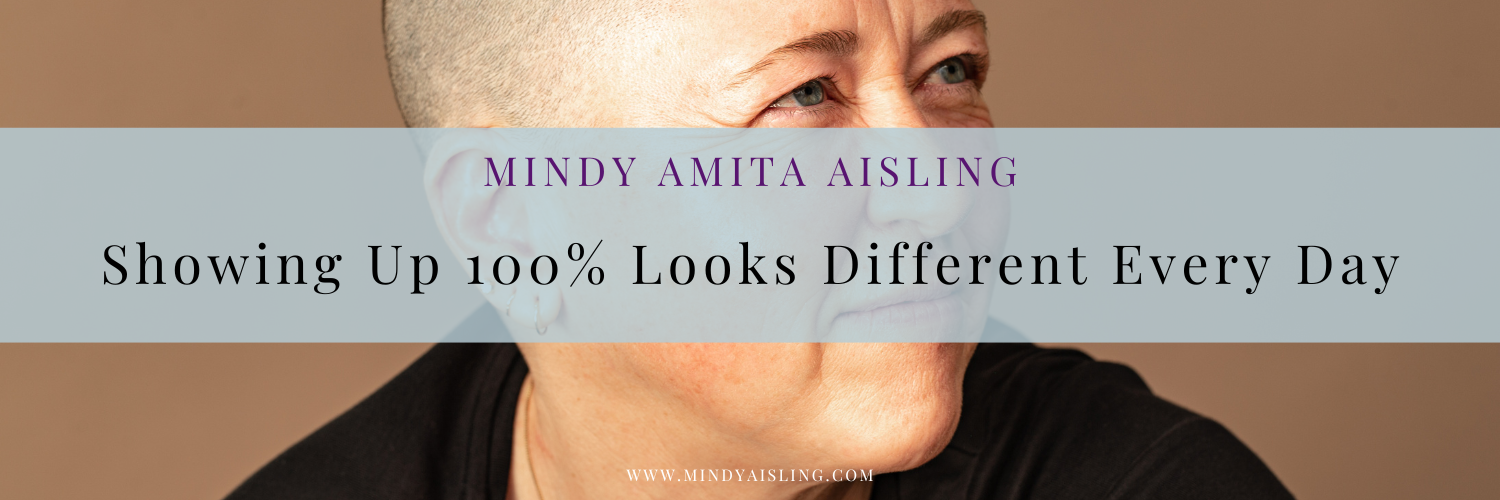
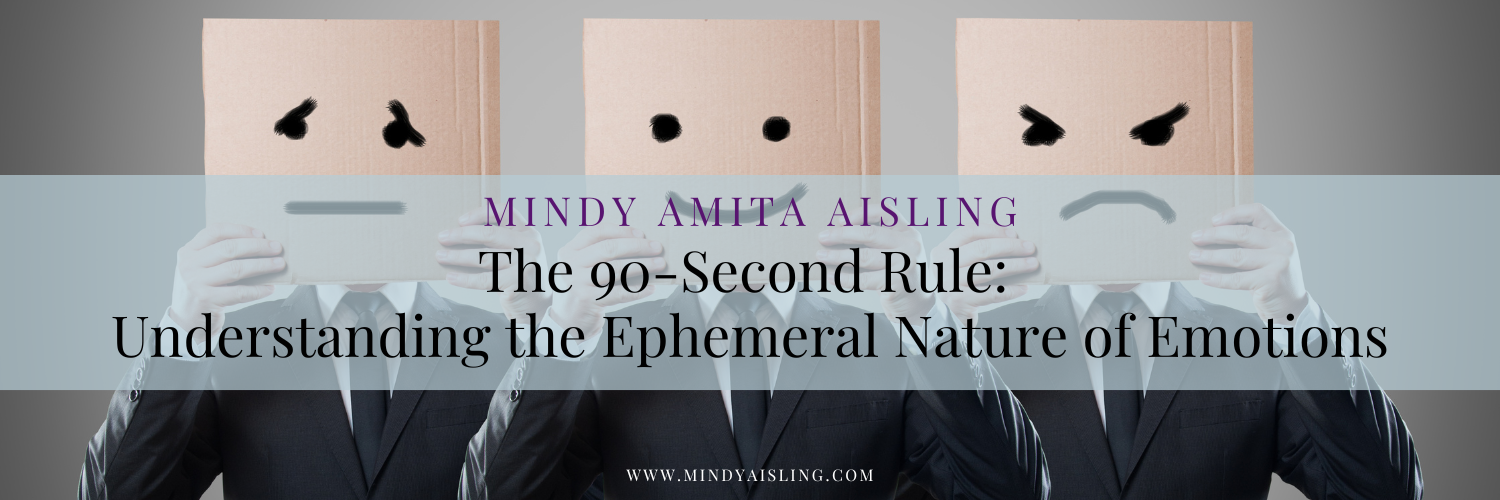


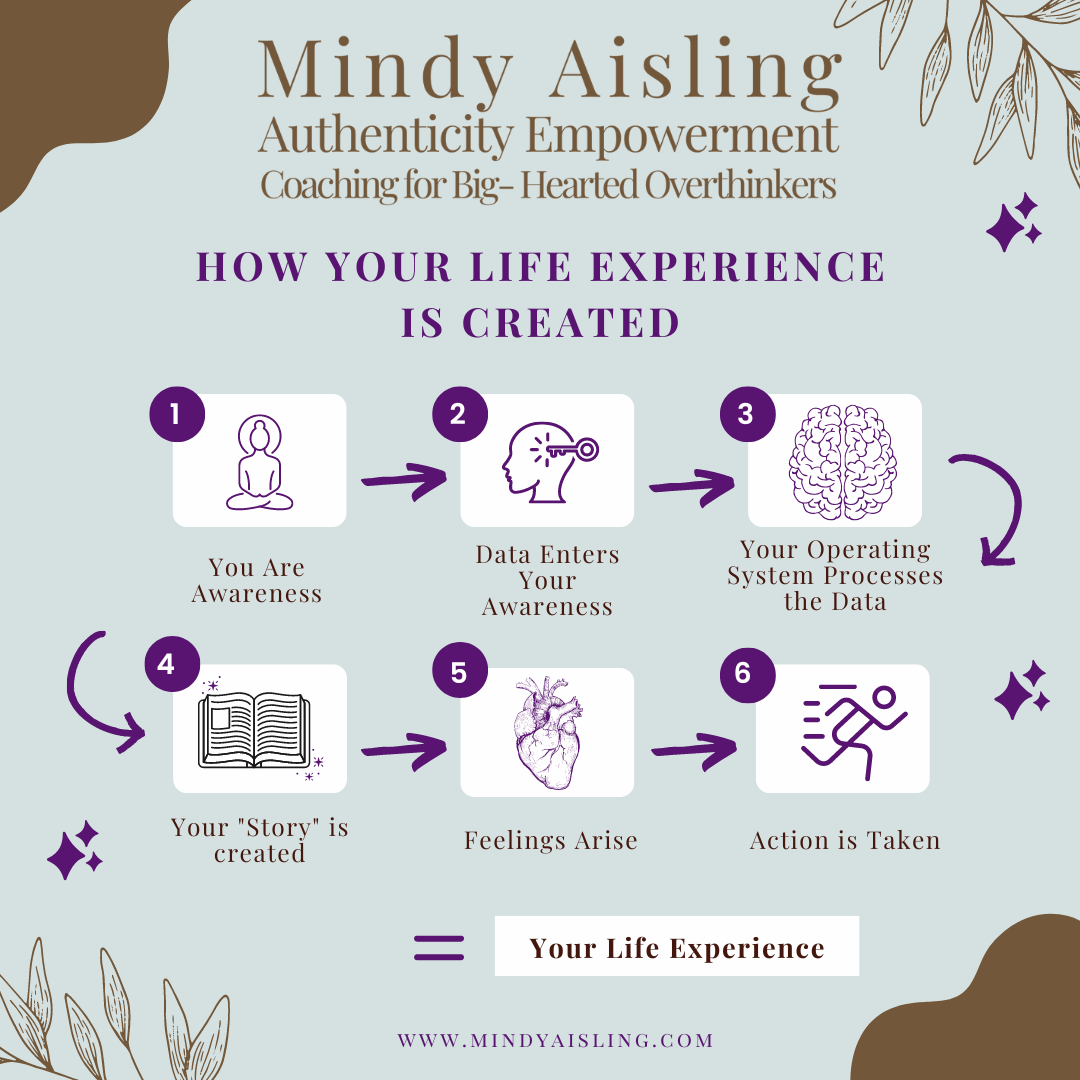
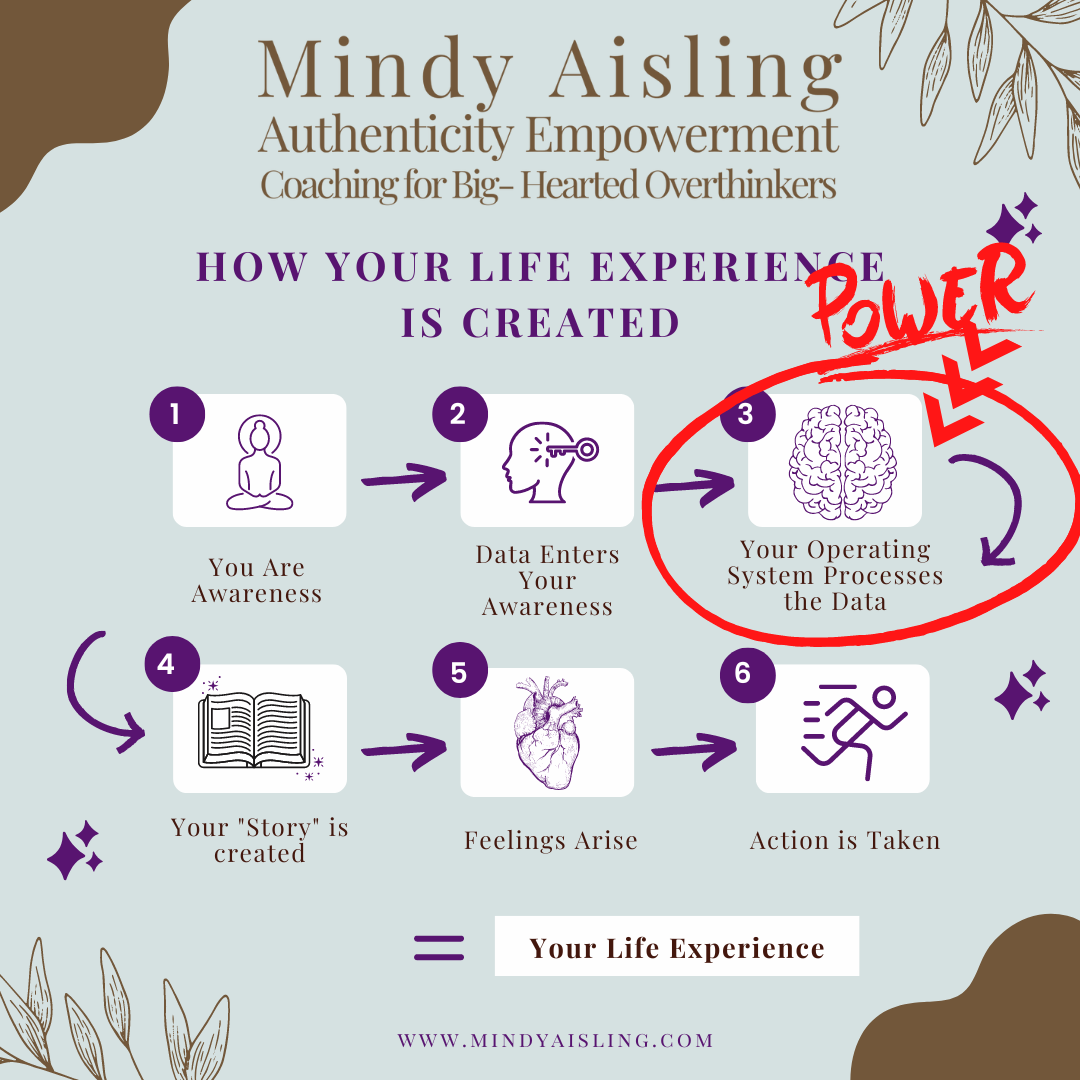


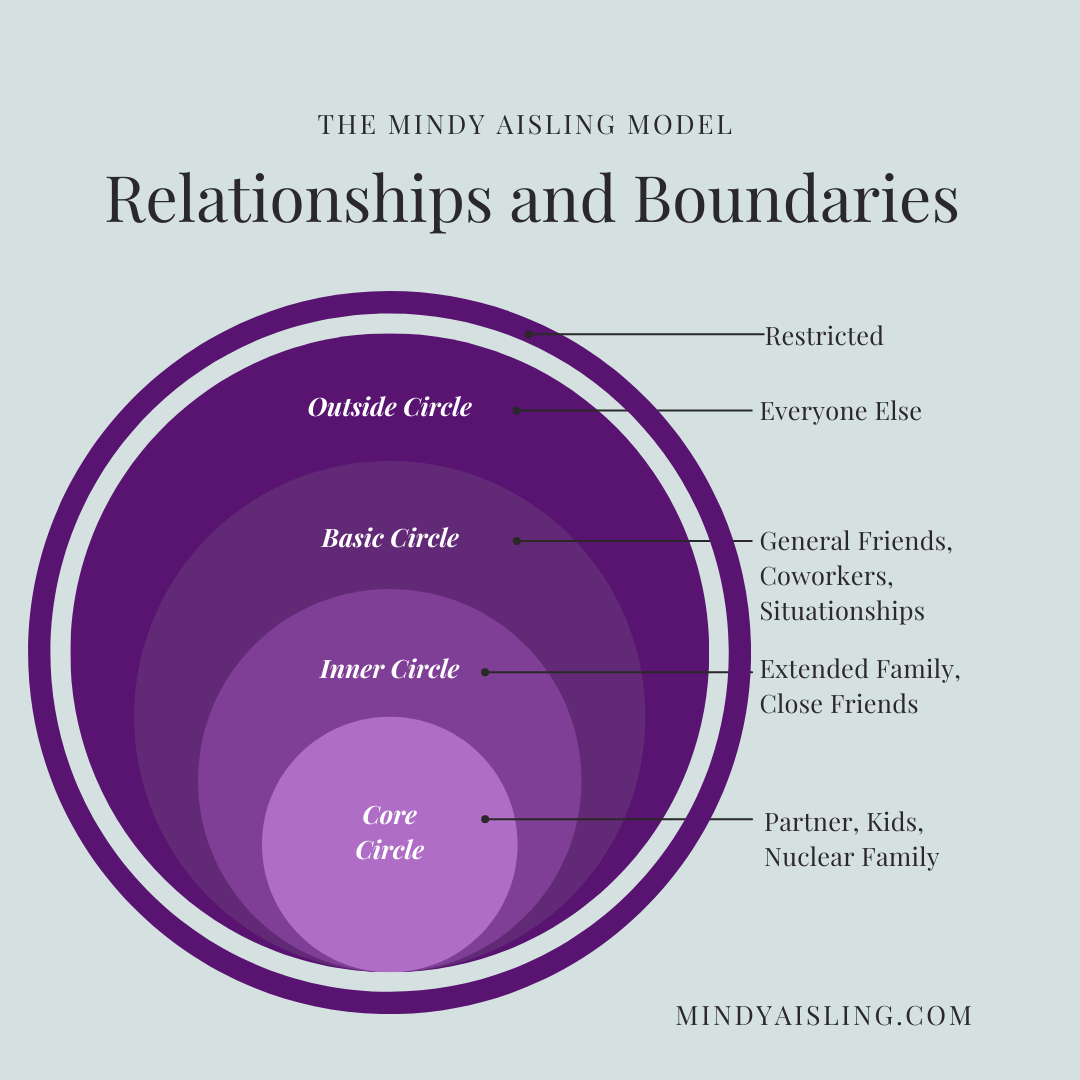

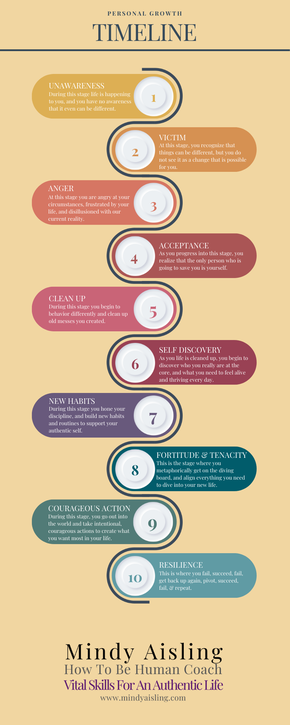

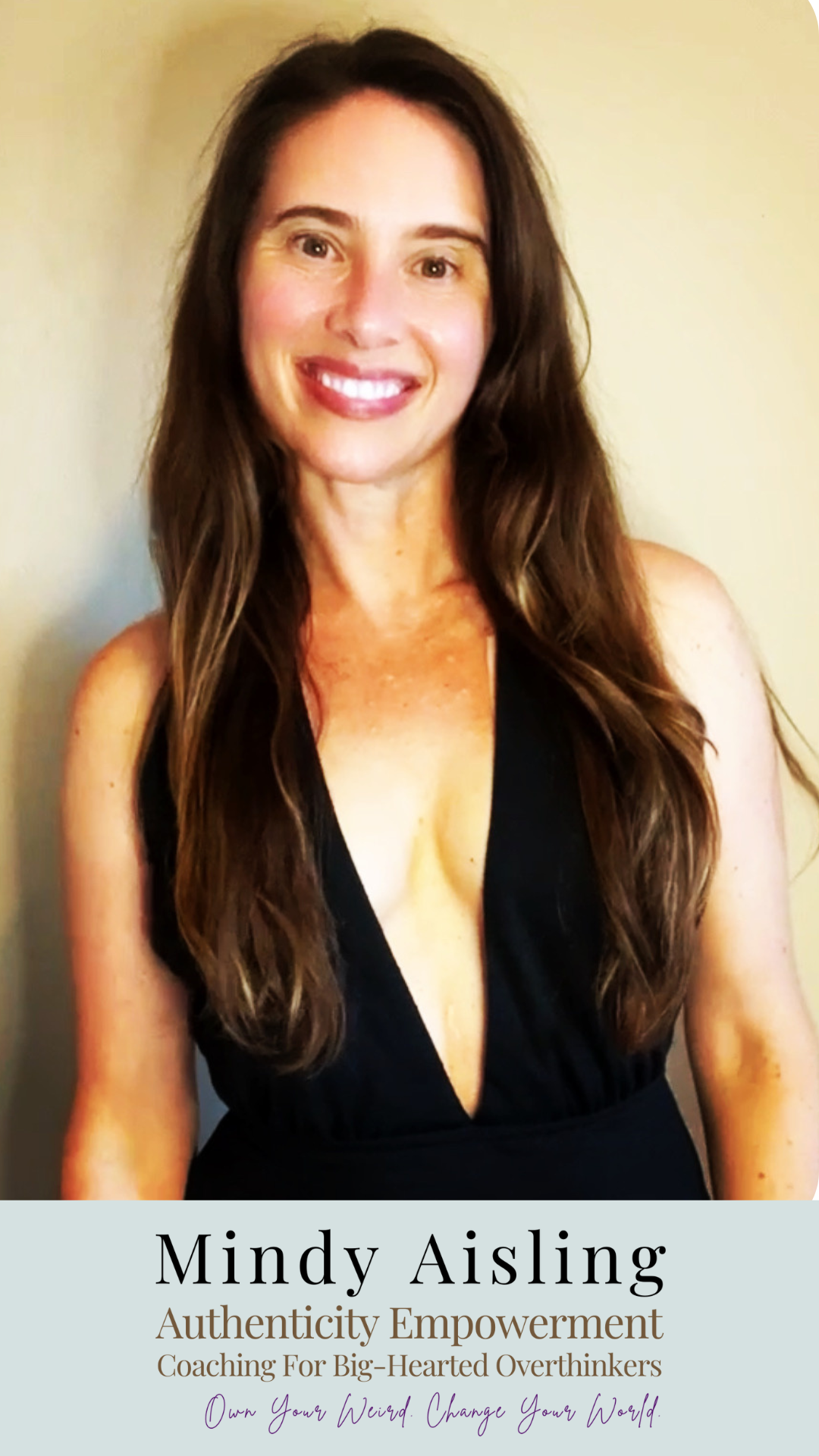
 RSS Feed
RSS Feed
